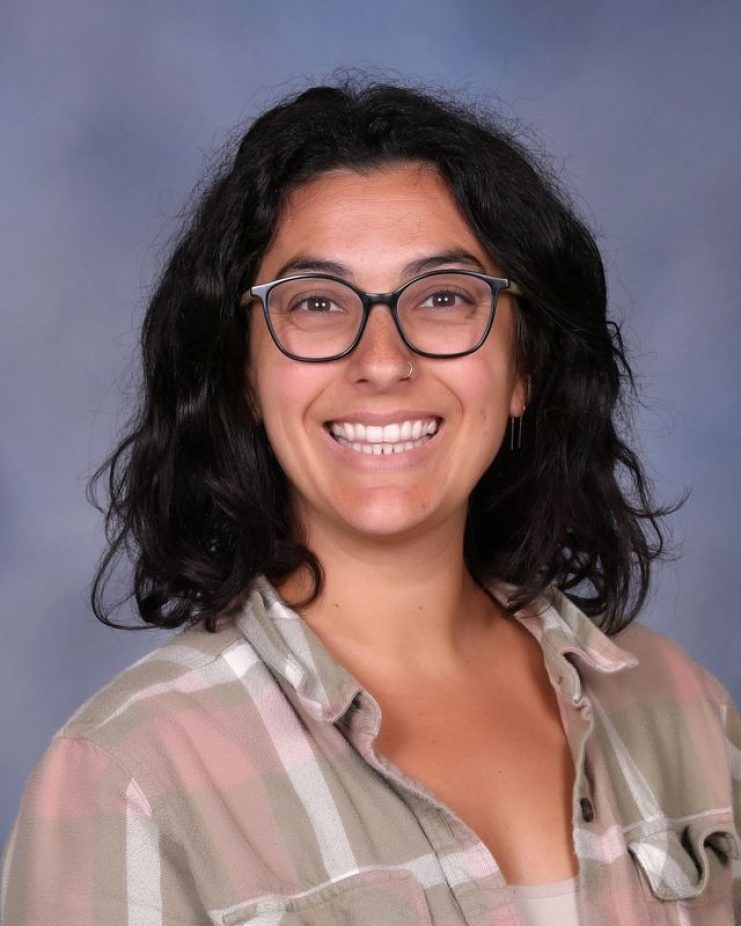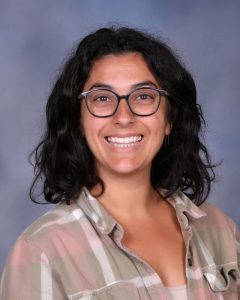
(Re)Defining Success in Partnership with Students by Centering My Students Needs, Instead of My Own
“Why do I have to do that? You should be happy I’m doing anything.”
Two students, with very different personalities, are both experiencing difficulty succeeding in our traditional public school. Both students have traumatic experiences in their past and present, including the loss of one or both parents, and are self-medicating with substances.
The designation Emotional Disability, or ED (formerly known as emotional disturbance), is a qualifying factor for both of my focal students’ Individualized Education Plans (IEPs). I know from my experience and training that students with as many adverse childhood experiences as these two require educational practices that are trauma-informed. Among other things, this means keeping in mind how their neural pathways and sense of emotional and physical safety impact their ability to engage with the traditional classroom environment. It is my responsibility to figure out how to support them to be successful, but defining success was something I struggled with this year.
In the Fall, I thought my inquiry with Lead by Learning was about sustaining high expectations for my students with ED, with the ultimate goal of art coursework completion. My question started as “How can I hold boundaries and maintain high expectations for my ED students?” As I retrace my trajectory over the year, I realize that my initial question was rooted in fear for my students and my subsequent reaction to control their behavior and performance in my class. The more I tried to control them, to get them to do their projects when and how I wanted them to, the more they would either blow up or shut down.
I reached an important turning point when I accepted feedback from my colleagues and Lead by Learning facilitators to approach my students with empathy and curiosity. This led me to redefine the idea of how to challenge them. For example, I could challenge them by giving them space to reflect, not just by forcing them to complete my coursework. I could ask them, “How do you want to be challenged?”
This led me to have multiple conversations with my students where I was honest and open. Some conversations went better than others – one of my students did not want to be interviewed formally. But over time, he spontaneously started sharing information about his weekend and his family. Even though he didn’t engage with my formal interview, nor the structure of my class in the way I had initially planned, he opened up when and how he was ready. This was a huge “aha” moment for me. I had been thinking I could control the outcome with certain strategies, but just by demonstrating interest in his life and genuine care for him, I created the conditions for him to open up.
My other student was happy to be interviewed and demonstrated an amazing self-reflective quality. Here is an excerpt:
GG: “How can I support students while challenging them?”
Student: “You can’t.”
GG: “A good coach can do that, right?”
Student: “A coach can make us do that thing that we can’t do yet – maybe we do a simple version and then work our way up to a harder one. Maybe the difference is whether I care about it, whether it relates to what I am doing in the moment.”
The artist Lynda Barry, in her brilliant graphic memoir What it Is, tells the story of her crippling artist block as she is plagued for many years with what she calls the two questions – “Am I good, and does this suck?” In the story, she finally breaks through when she realizes that the two questions had taken from her the ability to tolerate the discomfort of not knowing long enough to let “something alive take shape.”
When I look back at my original question from the Fall, I see those two questions in new guises – “Why am I failing to motivate my ED students? How am I perpetuating systems of oppression that disadvantage my BIPOC and neurodivergent students? How might I be giving these students what Gloria Ladson-Billings calls ‘permission to fail’? I was terrified, and that terror was leading me to approach my students with rigidity – a sense of ‘you must learn these skills in this exact way so that you can be successful in the world.’
There is a powerful lesson for me in relinquishing control over exactly what the outcome looks like. There is so much ego tied up in our classrooms; there are so many outcomes, both measurable and not, by which we gauge our worth as educators. I am realizing that a lot of my struggle with these students has more to do with my own fear of being out of step with my values, as well as my very real fear for these students’ futures, it was making me approach this work with rigidity masquerading as high expectations.
I will never forget the last week of school, seeing both of these students in my classroom, one of them having the courage to ask for help with his credit recovery coursework, something I had never seen him do in two years. And the other student using watercolors in his artwork, something he told me he hated, but now uses because “it’s worth a try.” These moments may look different than the postcard version of the perfect classroom, but to me, they are the most important and meaningful of all. This is evidence of growth, not just of the kids’ but of mine. I grew, I changed, I allowed myself to be flexible and to stop talking and listen when the students were ready to talk.
 Ginny Geoghegan teaches Art and is a Teacher on Special Assignment for Social Emotional curriculum at Tomales High School in beautiful West Marin. She has been in the classroom for 15 years. Prior to Tomales, she worked at Albany High School and has enjoyed many cycles of inquiry with wonderful educators at both sites. When she is not at work, she can be found running around with her kids, dreaming up mural ideas, kayaking, and pickling veggies. ginnytremblay.com
Ginny Geoghegan teaches Art and is a Teacher on Special Assignment for Social Emotional curriculum at Tomales High School in beautiful West Marin. She has been in the classroom for 15 years. Prior to Tomales, she worked at Albany High School and has enjoyed many cycles of inquiry with wonderful educators at both sites. When she is not at work, she can be found running around with her kids, dreaming up mural ideas, kayaking, and pickling veggies. ginnytremblay.com
Interested in working with Lead by Learning to support your educators and teacher leaders? Connect with a member of our team to learn more about our partnerships.
